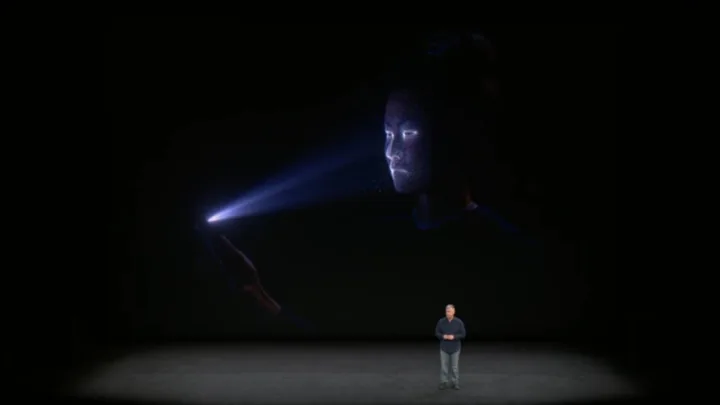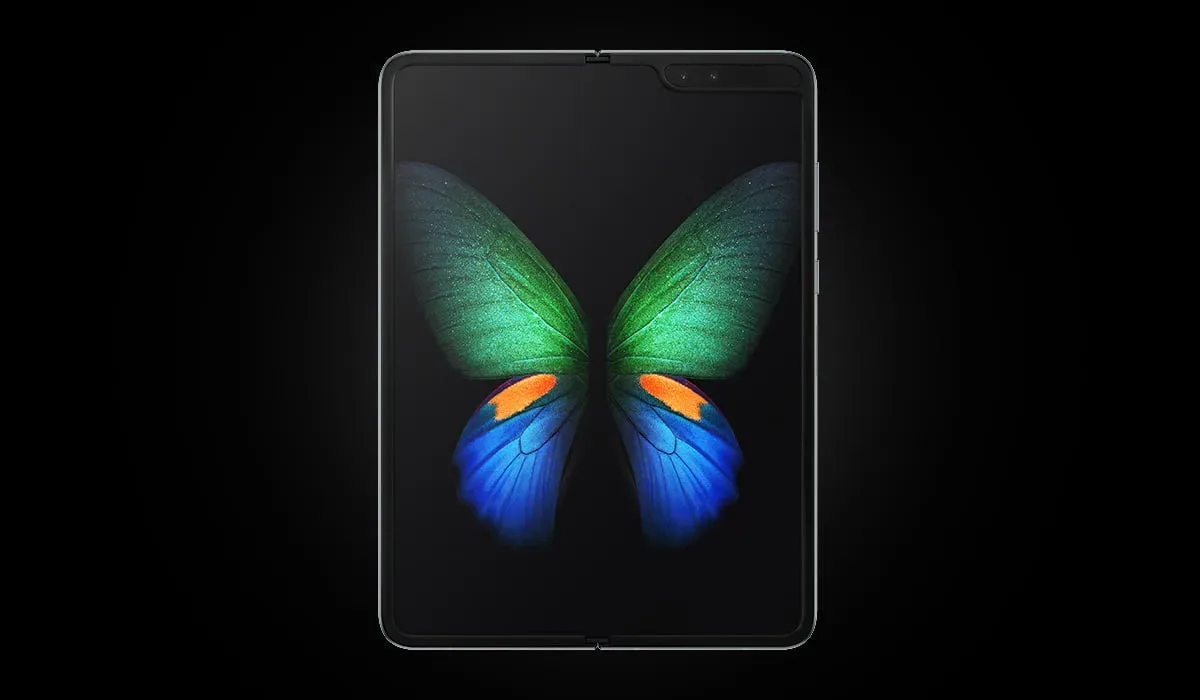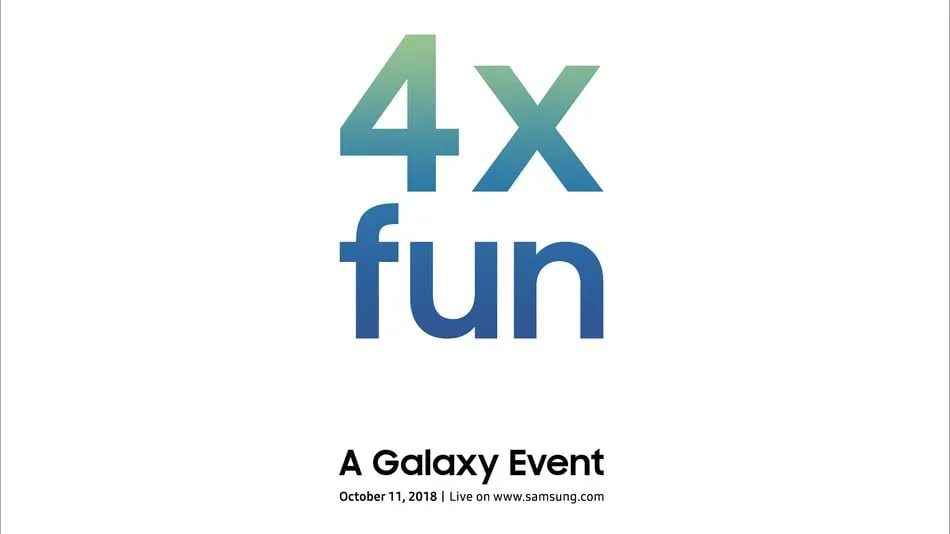Did you just say ‘I saw that coming?’
Well, many did. Since the launch of FaceID last year, there has been a lot of buzz about how it could be misused.
Just recently a suspect who was being ransacked by the FBI was made to unlock his iPhone X using the FaceID. The officers then looked for the evidence in his phone. It is the first case of its kind that used FaceID technology to disclose the evidence.
The suspect, 28-years-old Grant Michalski, was charged with possessing child pornography. The officers had a search warrant and collected all the evidence necessary to prove him guilty.
The search provided them with substantial evidence including the suspect’s chat on Kik Messenger in which he discussed abuse of minors as per the affidavit’s narrative.
It was further revealed that the suspect also had a conversation with Knight (an undercover agent trying to get the suspect to talking). The ad he posted under Craiglist with ‘taboo’ as its title, too, raised suspicions.
Not a lot of the evidence could be found as the device was locked out with a passcode. While the police are equipped with tools that can bypass the passcode, the FBI needed a second search warrant for a more thorough search of all his belongings.
Jerome Greco, staff attorney at the Legal Aid Society told Forbes:
Traditionally, using a person’s face as evidence or to obtain evidence would be considered lawful. But never before have we had so many people’s own faces be the key to unlock so much of their private information.
As stated earlier, it is not the first time, law enforcement agencies have manipulated the use of high-tech features. We have seen cases where these agencies have used the fingerprints of the dead to unlock their biometric systems.
Should this be considered unlawful even when the justice is at stake? Tell us what you think in the comments section below!







Very informative!!!